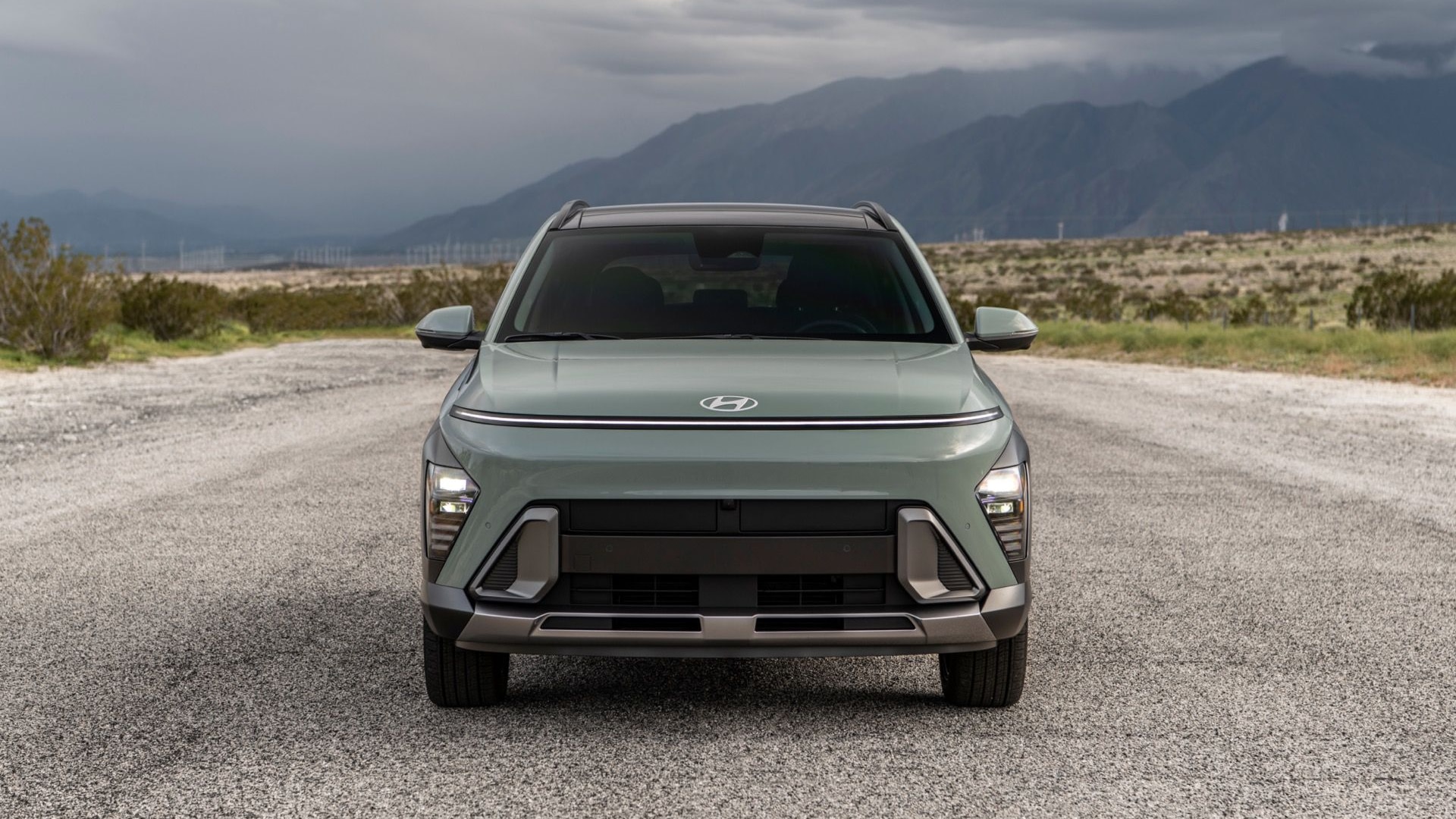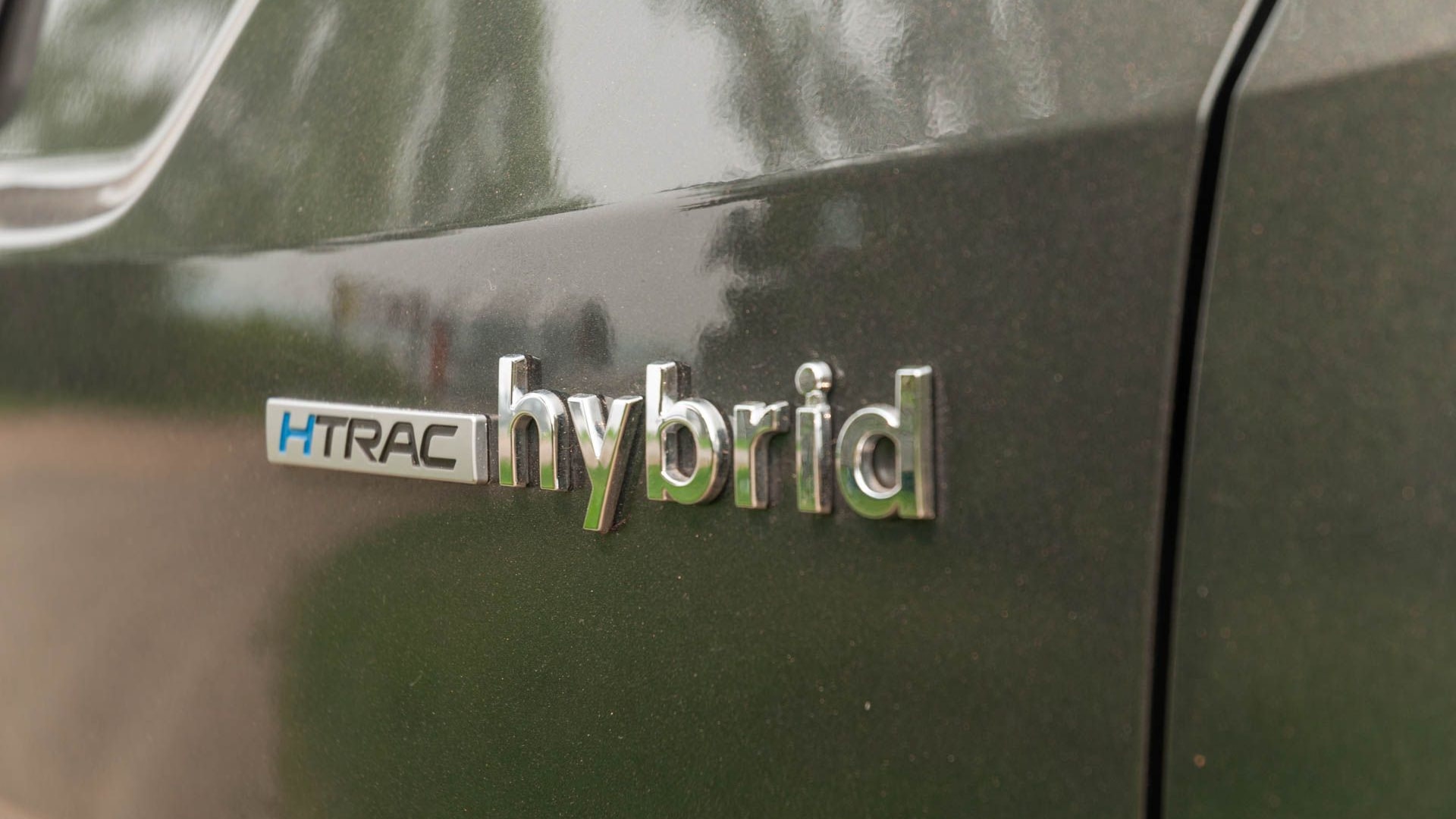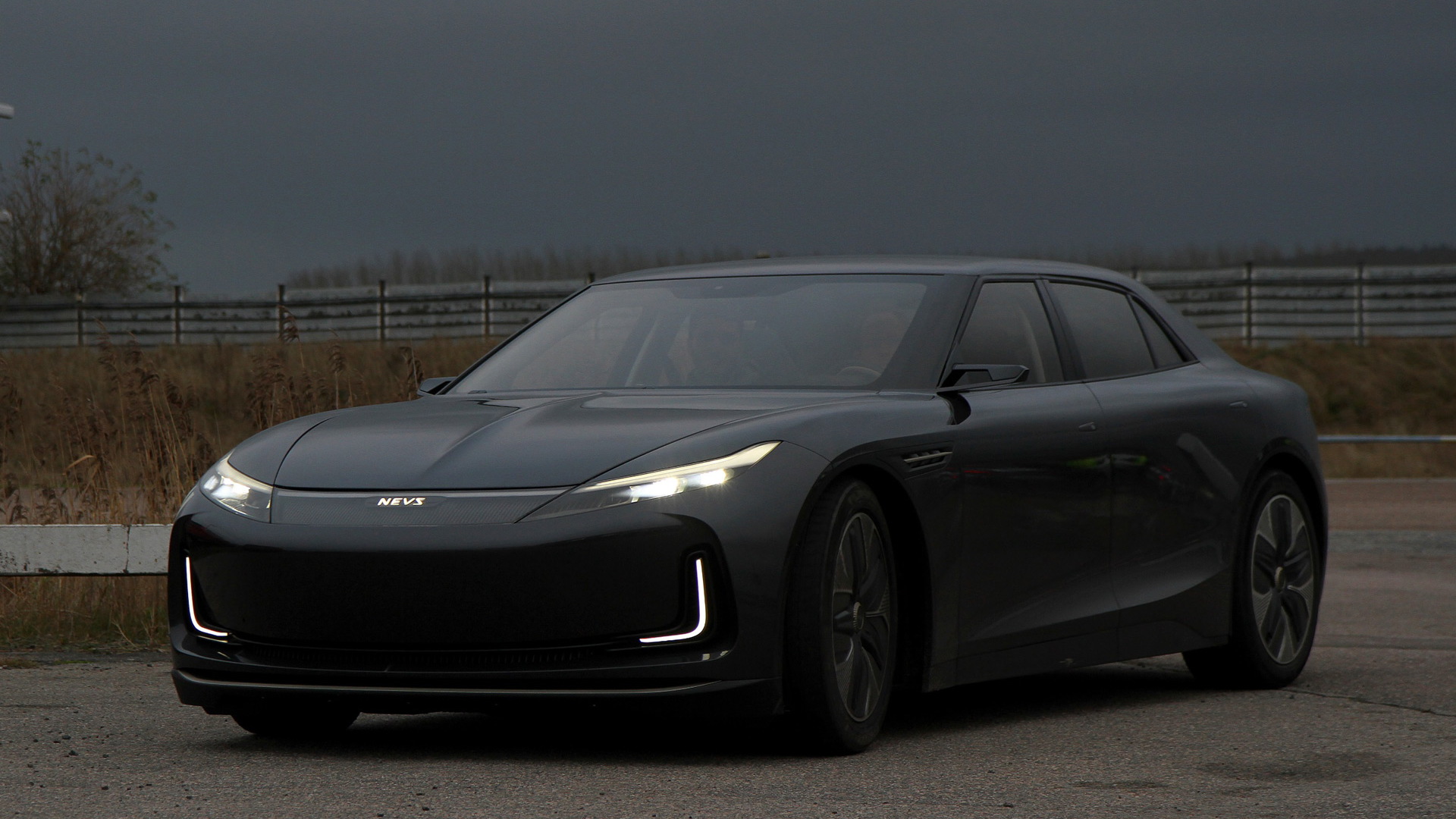Stricter fuel-economy standards will gradually reduce the environmental impact of cars, but what if people just stopped buying them?
New-car sales haven't yet recovered to their pre-recession levels, and at least one analyst believes that at best, they'll only equal those heights this year.
RELATED: Growth In Mass-Transit Usage Outpaces Increase In Miles Driven In U.S.
The National Automobile Dealers Association (NADA) says 16.4 million vehicles were sold last year, against 16.9 million in both 2005 and 2006, heights that were followed by several years of declines.
Steve Szakaly, the group's chief economist, believes that this year's sales will only hit the same 16.9 million--against projections higher than 17 million by other analysts.
Long-term trends will continue to siphon off sales, Steve told industry trade journal Automotive News (subscription required).

Minneapolis METRO light rail, by Flickr user Michael Hicks (Used under CC License)
His calculations aren't due to any one major factor, but rather a combination of smaller trends that together will keep sales down, he said.
For one, people are driving less. Annual U.S. vehicle miles traveled peaked in 2004, and has declined since then.
In 2013, 5.3 percent of Americans used public transit, compared to 4.7 percent in 2007.
MORE: Millennials Own Fewer Cars, Seek Other Ways To Get Around: Report
A 0.6-percent gain may not seem like much, but it's notable that public-transit ridership continued to climb even as the economy regained momentum.
It's not uncommon for people to stop driving during an economic downturn to save money, but this uptick seems to indicate that commuters are sticking with trains, buses, and subways.
Around 2 percent of Americans also telecommute--meaning they don't need a car at all to get to work.

BYD K9 All-Electric Bus, as tested in Portland OR
Szakaly also indicated that there is a generational component to the sales shift.
While Baby Boomers are aging out of the workforce, younger generations appear less inclined to buy cars.
Millennials are getting married and having children--two main motivations for vehicle purchases--later in life.
ALSO SEE: Car Sharing Awareness Grows: 1 In 5 Americans Has Used It Now
They also tend to have less spending money due to significant student-loan debt and a lack of steady jobs.
Those are all important factors, but it's also worth noting that a decline in new-car sales could have something to do with cars themselves--and the way people use them.
The emergence of car-sharing services like Zipcar and Car2Go, and ride-sharing services like Uber and Lyft means many people can travel in a car without actually owning one.

Car2Go Smart Fortwo, in Portland
Cars are also much more reliable now than they were in past decades, so owners hang onto them longer. The average car on U.S. roads today is now 12 years old, the oldest it's been since World War II.
That's great for owners of those cars, but perhaps not so swell for car companies--or the transportation sector's carbon footprint.
New cars are inevitably getting more efficient, but the full impact of those improvements can only be felt when they replace older, less-efficient vehicles.
That's less likely to happen if cars don't need to be replaced as often.
_______________________________________________












